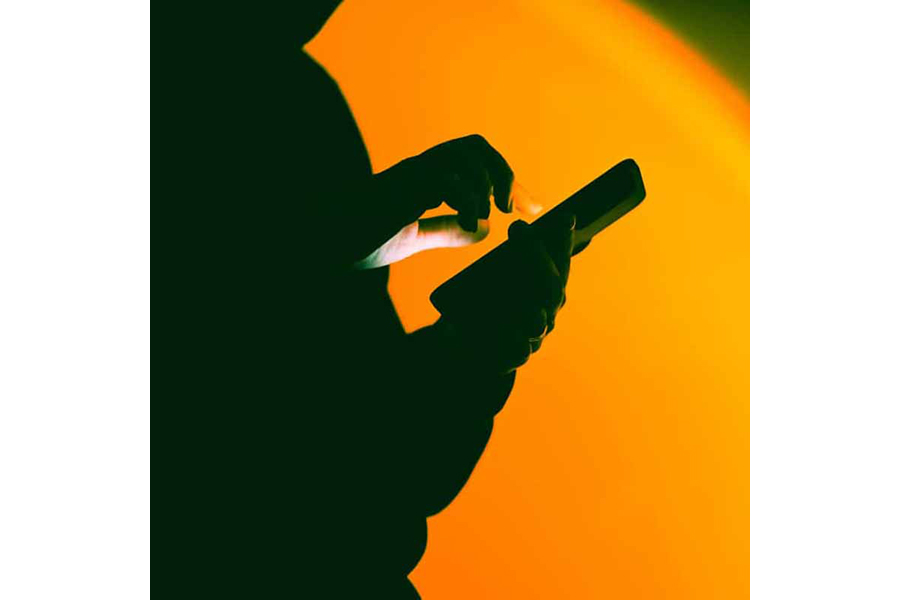What was once a space for updates and connection has become a primary destination for discovery, recommendations, and nuanced perspectives. As users rethink how—and where—they seek information, brands must reexamine what motivates audiences to open a platform in the first place. Abby Rosekrans, Director of Digital Strategy at Inkhouse, explores how these shifting behaviors raise a timely questi...





